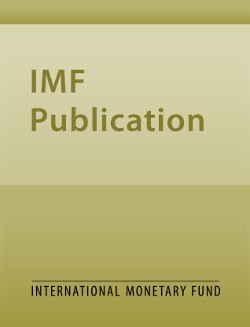
China’s Rebalancing: Opportunities and Challenges for LAC Exporters
China’s Rebalancing: Opportunities and Challenges for LAC Exporters
READ MORE...
Volume/Issue:
Volume 2020
Issue 239
Publication date: November 2020
ISBN: 9781513561141
$18.00
Add to Cart by clicking price of the language and format you'd like to purchase
Available Languages and Formats
| English |
Prices in red indicate formats that are not yet available but are forthcoming.
Topics covered in this book
This title contains information about the following subjects.
Click on a subject if you would like to see other titles with the same subjects.
Exports and Imports , Finance , China’s rebalancing , Latin America and the Caribbean , trade integration , WP , Asia-Lac trade linkage , export category , trade competition index , exports of goods , export dependency , exports of service , Exports , Competition , Comparative advantage , Imports , Real exports , Asia and Pacific , North America , Global , Central America
Summary
Asia and Latin America and the Caribbean (LAC), two regions with large growth potential, have become increasingly connected over the last 20 years. China has emerged not only as a top trading partner, but also as an important competitor of LAC exports. China’s retreat from certain markets, due to the ongoing rebalancing process, could open new opportunities for LAC exporters but also entail some challenges. Our results show that China’s rebalancing will have an overall positive effect on LAC’s GDP and exports in the long run, but this effect is small and uneven across countries, leading to winners and losers. We also provide evidence that other countries, such as India, are currently trying to fill the gap left by China and could undermine LAC’s competitive advantage in some export markets. In this context, reduction of trade barriers and further integration within the region and/or with the rest of the world would lead to unequivocally positive outcomes for all LAC countries. The COVID-19 shock might exacerbate the effects identified in our analysis.
Copyright © 2010 - 2024
Powered by:
AIDC



